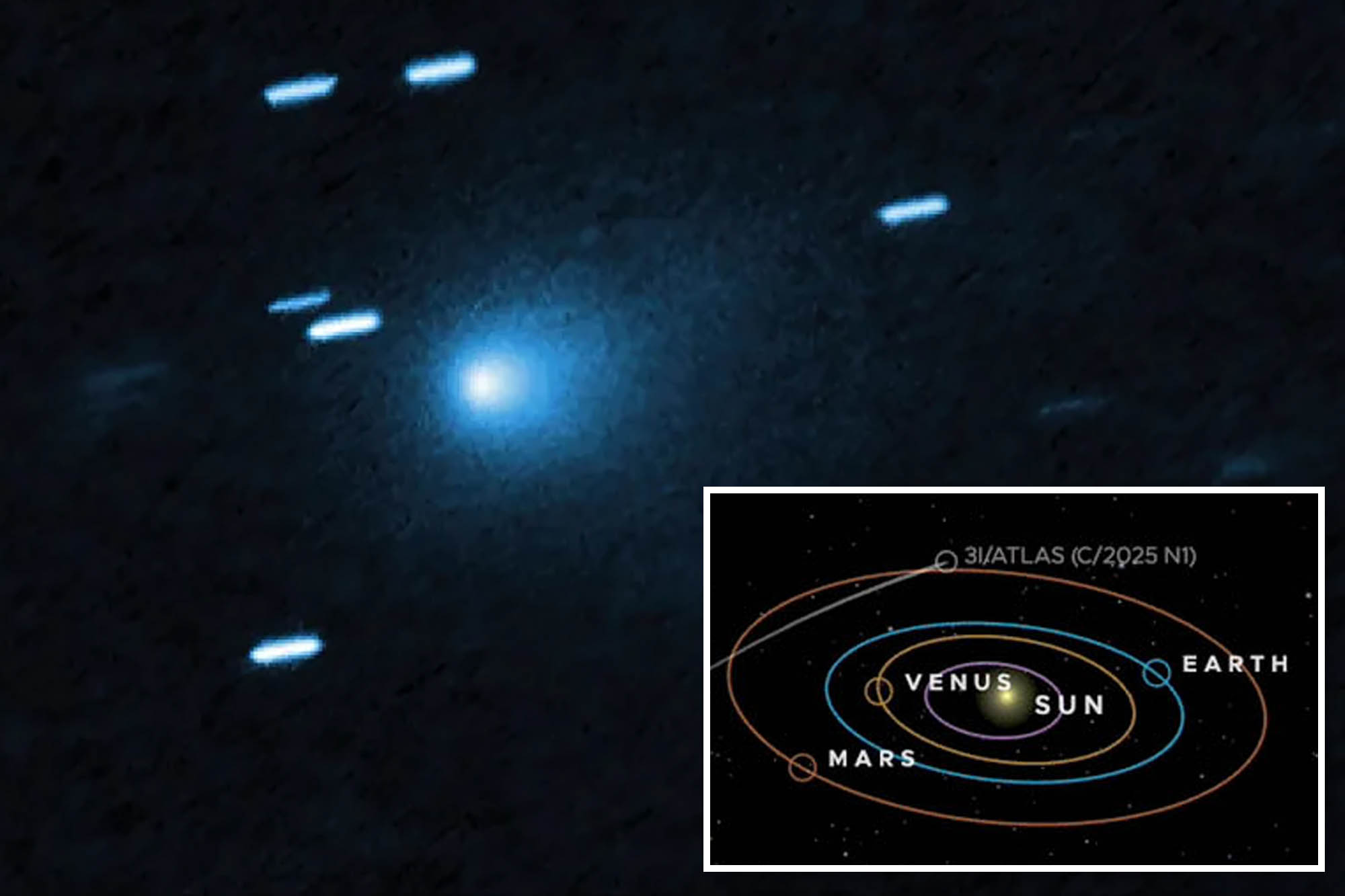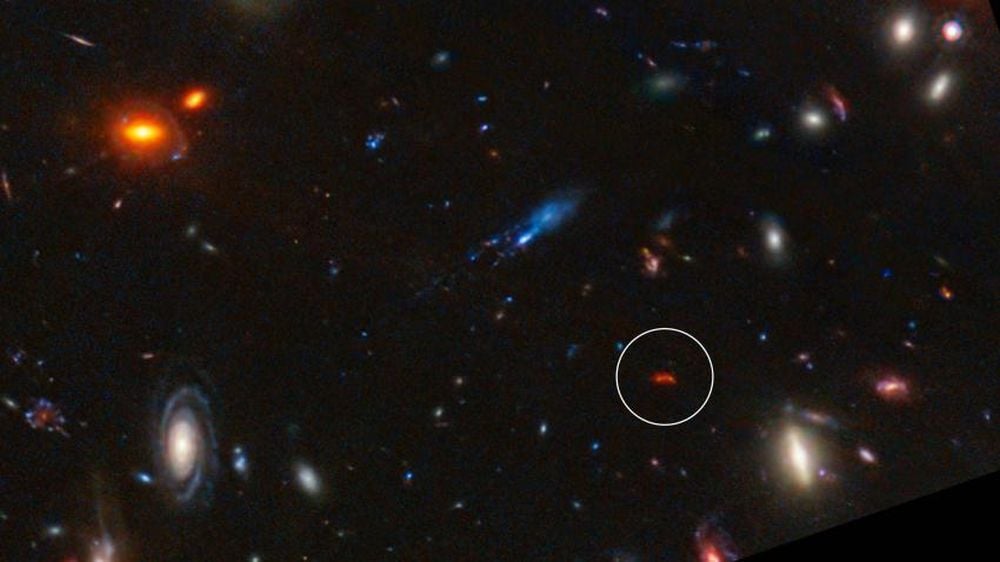The interstellar object known as 3I/ATLAS has shown unexpected signs of acceleration and a notable change in color as it approaches the Sun, leading to speculation about its nature. Harvard astrophysicist Avi Loeb suggests that the object’s behavior could indicate the presence of an artificial propulsion system, potentially hinting at an alien craft. Observations from NASA indicate that 3I/ATLAS has been undergoing non-gravitational acceleration, a phenomenon typically associated with comets.
NASA reported this week that the object displayed a dramatic outgassing, which could result in a significant loss of mass over time. According to Loeb’s analysis, this behavior, combined with the object’s strikingly blue appearance—described as being “bluer than the Sun”—raises intriguing questions. In a post on Medium, he noted, “This might also explain the report on 3I/ATLAS getting ‘bluer than Sun.’”
As 3I/ATLAS passed within 172 million miles of the Sun, telescopes on Earth were unable to collect direct data due to the positioning of our planet. However, some spacecraft orbiting the Sun were able to capture measurements, revealing a “rapid brightening” of the object. A report from the US Naval Research Lab highlighted this change in hue, which starkly contrasts earlier observations that noted the object as red before shifting to green.
Upcoming Close Encounter
3I/ATLAS is expected to make its closest approach to Earth on December 19, 2023, when it will fly by at approximately 167 million miles away. This encounter presents a critical opportunity for scientists to gather more data and possibly determine whether 3I/ATLAS is a comet or an artificial construct. Loeb emphasized the importance of this observation, stating, “If we do not observe a massive cloud of gas around 3I/ATLAS in December, it could be an indicator of a propulsion system.”
Loeb expressed frustration over NASA’s decision not to release images from the Mars Reconnaissance Orbiter taken during its close pass to Mars in early October. According to sources, these images will not be made public until the government reopens, raising concerns among researchers eager for more data.
In response to the growing speculation, NASA’s Acting Administrator, Sean Duffy, attempted to alleviate concerns regarding the object. In a statement on X, he assured the public, “NASA’s observations show that this is the third interstellar comet to pass through our solar system. No aliens. No threat to life here on Earth.”
As the debate continues regarding the implications of 3I/ATLAS’s unusual characteristics, the scientific community is keenly awaiting further observations. Whether this object is a comet or something more mysterious remains to be seen, with December’s close encounter promising to shed light on its true nature.







